Dr. Swaraj takes a walk down the memory lane and reminisces about his first camera, many moons ago. He explores the many layers of relationships with his father, friends, et al. An exclusive for Different Truths.
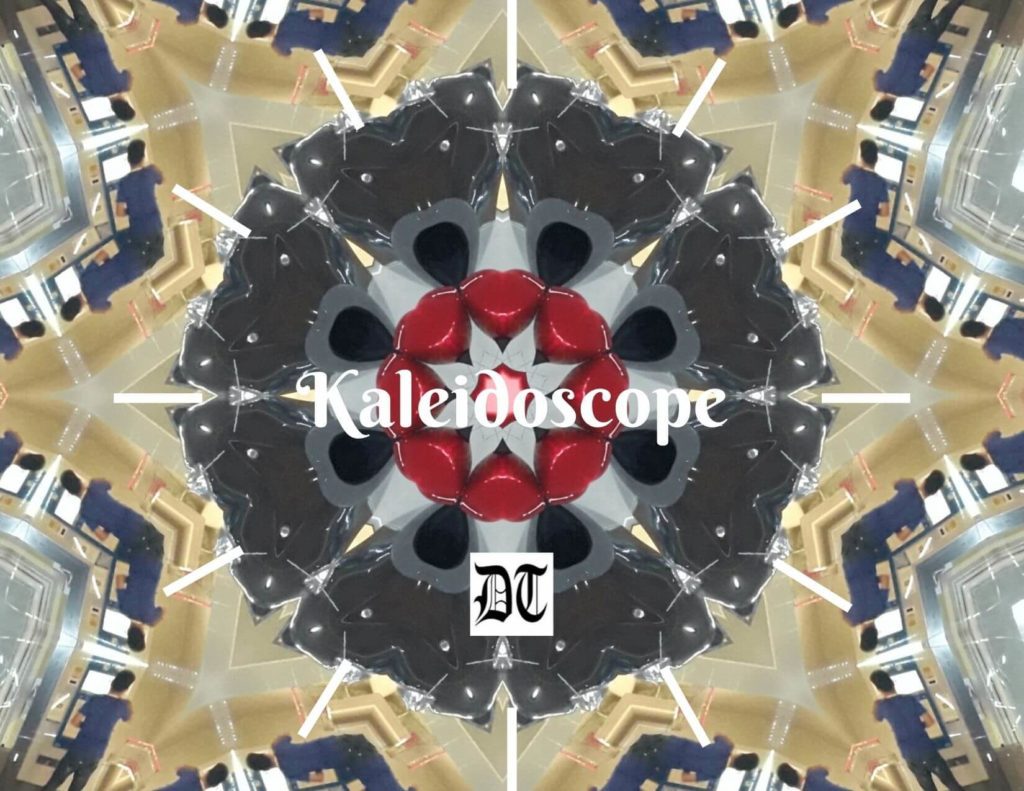
It was rather rudimentary even by the frugal standards of 1969. And yet it was a competent toy for a boy to work some magic with. After pestering my father for months together I was able to inveigle him into buying me my first camera. It was Agfa Clack.
My father took me to a photo studio where the original Sheranwala Gate in Patiala once stood. The owner of the studio was a big man. He was clad in a bowler hat and overcoat. His large nose and thick pouting lips made him unmistakably resemble a circus joker. Well, jokers in those days were simply jokers, very innocent, benign jokers. They were not violent psychopaths as we have in Hollywood movies these days. Hence, he appeared very endearing to me, an eminently huggable teddy bear. And of course, he owned many cameras. One of which was going to be my passport to joy and fame!
Then he took out a camera encased in a brown imitation leather cover and put it on the counter along with his hat.
He listened to my father patiently. Then he nodded his head and went to a steel almirah. He struggled to open it. Perhaps he had not opened it for a long time. Then he took out a camera encased in a brown imitation leather cover and put it on the counter along with his hat. I was tempted to look into his hat. I was wondering if he was going to conjure up something out of his big hat also. But after scratching his balding pate, he put it back on his head.
Then he looked at me and smiled before turning his gaze towards my father. He declared that it was Agfa Clack, the best camera for an intelligent boy like me. He declared that it was the only piece he had as it was always in short supply in India. The word ‘clack’, really clicked with me instantaneously. The very name ‘Clack’ itself was so reassuring!
… I was immensely pleased that he had intuitively understood that I was intelligent.
Moreover, I was immensely pleased that he had intuitively understood that I was intelligent. My school teachers were never prepared to grant that. The teddy bear’s observation was enough for me to puff up like a bird. I stole a glance at my father, but he appeared totally unimpressed.
Handing the Clack to me he told me to have a look at it, as if I had been looking elsewhere all this while! As I touched it, I felt a thrill of excitement I had never experienced before. It was a boxy thing, a bit chunky but beautiful. I ran my fingers over its black granular plastic body. It was an amazing piece of engineering, with knobs and dials. I looked through the viewfinder but with the lens facing me. The result was that the lovable teddy bear looked very diminutive and distant. I was puzzled and gave the camera back to him. He smiled – Ah! If we all could smile so reassuringly and benignly! – and observed, “The boy is very intelligent, but he needs to learn how to use it.” Then he gave a few elementary lessons in photography. These were the first lessons of my life that I listened to very attentively. I had always abhorred school lessons, but these seemed to pour from straight to the sky like divine wisdom.
He showed me how to open the back cover and where to load the film. The film had to be either 120 mm Agfa or Ilford roll film…
He showed me how to open the back cover and where to load the film. The film had to be either 120 mm Agfa or Ilford roll film, and no other. The next lesson was how to compose and shoot. The third one was why I should never drop the camera. He also said something about the film speed measured in terms of ASA (now ISO). This speed thing simply bounced over my head like a Wes Hall bouncer. I could understand speed in terms of miles only. The idea of photo film speed in ASA units was too complicated to be comprehensible. This, despite my being an intelligent boy, as the darling teddy bear had averred.
These lessons came with three stern warnings. First, do not open the back cover with the film in the camera. This would expose the film to light and spoil it. Second, keep your hand steady when shooting. Hand movement would blur the photo. And the last one, do not press the shutter button unnecessarily when loaded. Pressing the shutter every time would cost nearly one rupee. The cost of one contact print was eight annas in those days. Add to it the cost of the negative also. The combined amount was only ten paisa short of one rupee, a lot of money those days. One could buy three samosas and a bottle of lemonade with this amount. It was not a small sum.
After haggling a lot, we paid eighty rupees for the camera.
I was all ears to the photo lessons. But my father, on the contrary, perhaps had heard and was impressed only with the last injunction. After haggling a lot, we paid eighty rupees for the camera.
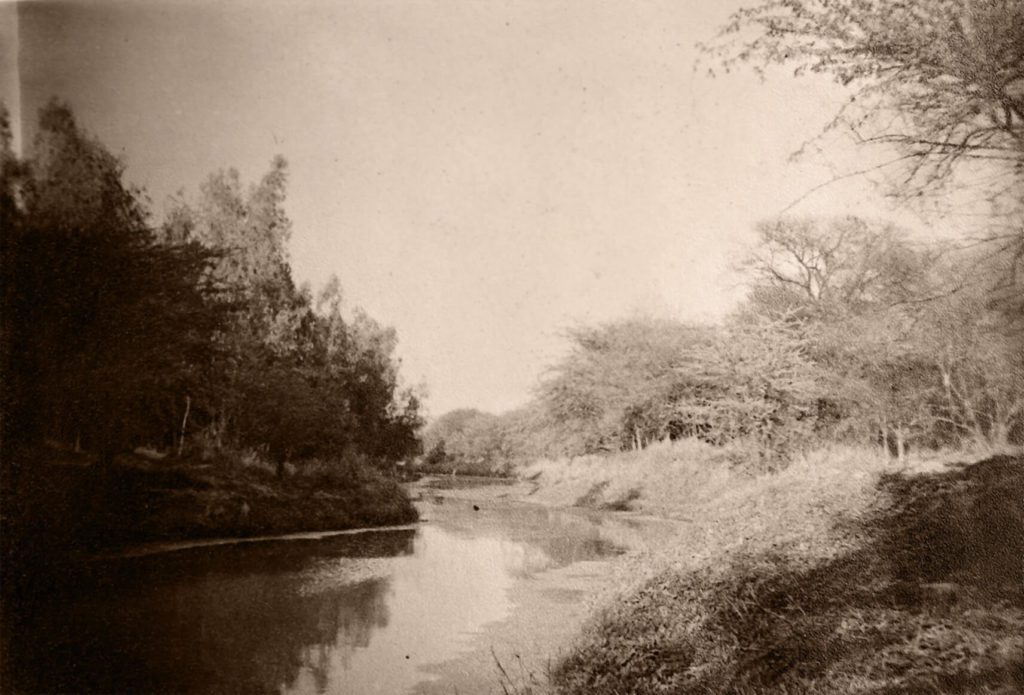
My father wanted to leave the shop after making the purchase. The teddy bear had mentioned something like ‘flash’ I might require later. But before leaving we had to buy a film also. Without it the camera was useless. Four and a half rupees for one black and white Agfa film would give me twelve photos. We purchased the film. The darling teddy only loaded the film roll. Then he also clicked one photograph of ours, my father and I standing together. My father refused to smile because the last injunction had been broken by the teddy bear himself. But I was grinning from ear to ear.
Merely possessing the camera was enough to improve my social standing.
My camera made me an instant celebrity. Merely possessing the camera was enough to improve my social standing. This improvement contrasted with and accentuated my plummeting scholastic achievements.
On a school trip to Kasauli that year, I was the toast of the party. I was the only one armed with a Clack in the entire group. A friend who became my rival for fame had Click II, a much smaller camera. Naturally, he could not impress as many people as I did.
Admiring eyes of my classmates wondered how deftly I handled my Clack.
Admiring eyes of my classmates wondered how deftly I handled my Clack. My friends and even those who had never been my friends, all were impressed. Even my teachers wanted to pose for pictures with broad grin on their faces. Though they always had a complaint or two against me for being a laggard in studies.
My generosity as a cameraman met with a strange hurdle. I could not be magnanimous without violating the last commandment my father had liked so much. This injunction was always a dampener on my expansiveness. As a result, I could not oblige with all my friends. In fact, I ended up converting even some of my friends into enemies by refusing to take their photos.
Actually, at the cost of my friends, I obliged a few giggling female classmates by clicking their pictures.
Chivalry was still alive in those days. And chivalry further made me lose a few male friends. Actually, at the cost of my friends, I obliged a few giggling female classmates by clicking their pictures. Much later did I realise that losing friends for some unrealistic goals was not a sane thing to do. But then being unchivalrous was also despicably ungentlemanly in those times.
Wherever I went, my camera accompanied me. It had become my identity. I could, well almost, think with it. Even when I was not taking pictures with it, I would hold it in my hands, and caress it lovingly. I would go into raptures just by looking at it and clicking it when it was not loaded. The sound the shutter made was sheer music for me. I even tried practicing mimicking the sound but could not do so.
New cameras, more expensive and automated, made their way into my life.
Life has moved on since then. New cameras, more expensive and automated, made their way into my life. I made many new friends, both human, avian, and lepidopteran. Many more pictures and a flood of memories associated with each one of them.
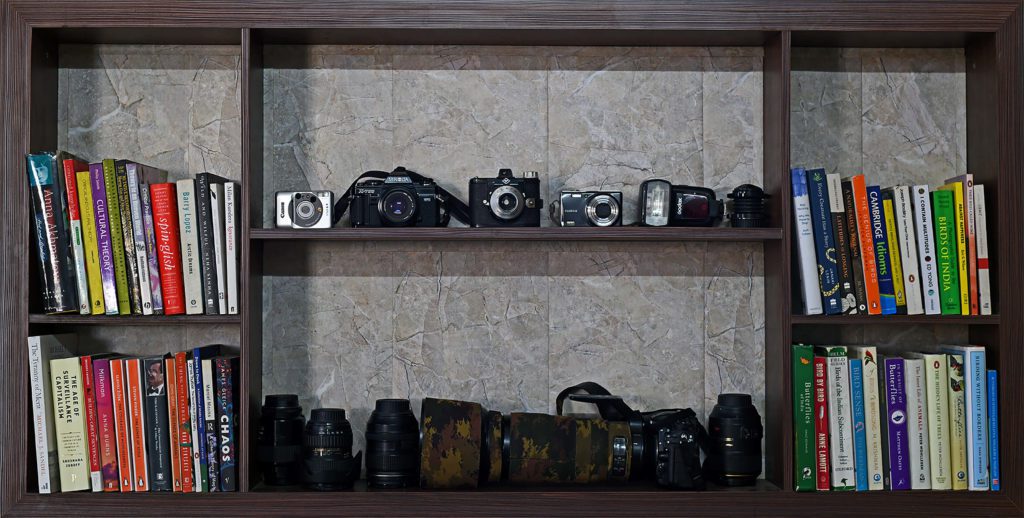
Technology decides its own pace, especially the pace of change. In its inexorable onward march, it consigns old gadgets to detritus of history. The dictum ‘old is gold’ doesn’t ring true in our techno-driven world.
The journey of the camera has been rather long and tortuous.
The journey of the camera has been rather long and tortuous. From Clack and other box cameras of the yore, to 35 mm range finders, and to film SLRs. The pace of change on the digital platform has become vertiginous. Most photography enthusiasts have graduated to digital cameras. Many knowledgeable people say that my beloved DSLR is also on the way out. Mirrorless is the buzzword these days. The megapixel race is already in the fast, hot lane. Even the cellphone cameras offer immense potential for better pictures than old, coveted cameras. And there are cellphone camera enthusiasts who say that stand alone cameras are on the way out. That is why every cell phone user is a more-than-competent photographer today.
To some people it might appear invidious to compare the elementary Clack with the camera’s latest avatars.
But there can be no camera like my Clack. To some people it might appear invidious to compare the elementary Clack with the camera’s latest avatars. However, even when I look at it through the deceptive mists of nostalgia, it stands very tall. Not for its sterling qualities as a camera, but as an object I adored, and grew up with.
I still have my Clack as memorabilia that brings back my childhood to me. The black-and-white photos clicked by it have yellowed with age. The studio from where we had purchased it is a part of the forgotten history of Patiala. However, the B/W photos made with the Clack are reminders of the unhurried life we once lived. And of the fact, that one didn’t need a De Beers diamond to win someone’s love. A black-and-white profile picture made with the Clack was enough to perform the miracle.
My father’s stern face in the first ever Clack photograph appears very serene now.
My father’s stern face in the first ever Clack photograph appears very serene now. It appears full of wisdom and pride at having bought his wayward son a toy he yearned for like mad. A toy that was a source of immense joy in more ways than one. A toy that was once a source of some innocent, adolescent jealousies too. A toy that taught me how to look at the world. And how to be patient too, a quality that is fast becoming alien to human nature. The maddening instantaneity of the digital world leaves hardly any scope for patience.
The aged Clack occupies a place of pride in the company of its digital siblings in my study. This medley is a testimony to ceaseless mutability of time and to persistence of memories. Memories which are a bit hazy, fuzzy, and washed-out now, all shades of sepia, like old photographs.
Photos by the author

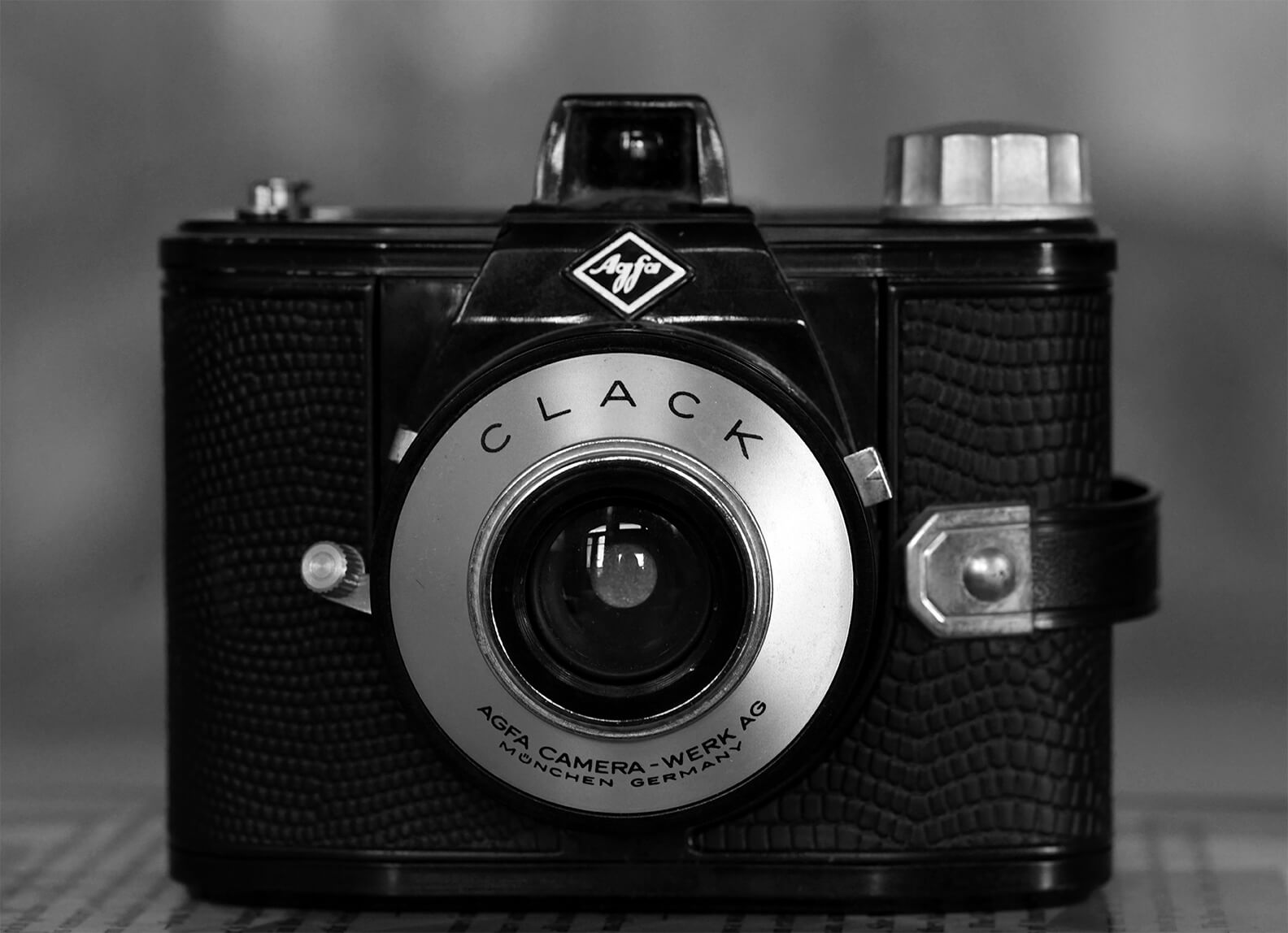
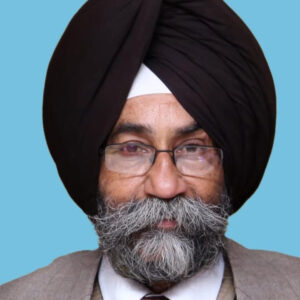




 By
By
 By
By
 By
By
Some one said, A picture is worth ten thousand words. However, it is a master who can pen thousand of words on a picture and certainly Dr. Swraj is the master of masters whose writings and photography compliments his twin passions. Very well crafted and written !
Thank you so much, Sir. I couldn’t get a better compliment than this.
Another of a masterpiece. Your write up just gave me journey through time. The shift in perspectives has been laid bare marvelously. It’s quite engaging too, once I started I just sailed to the end
Thanks a lot, dear Manoj. Grateful…
Sir, your words make its readers travel in time. One can indeed visualise and feel your excitement of owning a camera for the first time. Though almost everyone now-a-days, carries camera in their mobile phones, yet to have an eye to capture the beauty, one needs patience and wisdom. Thanks for the article, Sir.
Thank you so much, Dr. Ankdeep.
Dear Sir
Thanks for this wonderful journey. You have taken me along for a ride in memory lanes. I enjoyed reading it thoroughly.
Regards
Thank you so much, Dr. Arun ji. Very encouraging for me…
Wonderful article. I am tempted to suggest that Swaraj must write a novel asap. His description and the elements of narration that he uses are a guarantee of a valuable narrative from him. One can also see some authentic characterisation in his essays. My interactions with him are enough to know that he is not short of subjects. With his vast knowledge and experiences in his life he will have endless material to weave a narrative. May i hope to see something like this coming from his pen?
Dear Sir, I am grateful to you for your encouragement for what to me appears a tall order at the moment. But yes, I will always relish this intellectual stimulus.
Thanks a lot.
nicely said….i believe u must seriously consider writing a novel…..u simply conjure a magic out of words
Thank you so much, Jaibir. Will keep your words always in my mind.
Dr Sahib its always a pleasure to read your unique style of narrative that creates vivid pictures in the readers mind as if the things are happening before their own eyes….
Thanks a lot, Dr. Sahib.